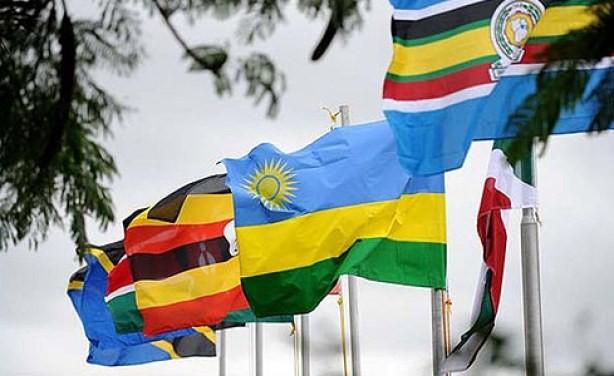Debt across East Africa continues to grow with Kenya’s risk of debts increasing from low to moderate.
Burundi has also joined a group of nine African countries with a high risk of debt distress. According to a US-based research firm, Brookings Institution, Kenya, Uganda and Tanzania rank among the top 50 countries in the world that are highly indebted to China.
According to the report, such countries are now shifting away from official multilateral creditors to non-concessional, (commercial) debt with relatively higher interest rates and lower maturities.
This has caused the International Monetary Fund (IMF) to raise a red flag over the rate at which East African countries are accumulating debt. Raising concerns about debts sustainability, the risk of higher refinancing of the debts and foreign exchange risks.
East African economies have fallen into a financial fix as they attempt to fund persistent budget deficits and implementing mega infrastructure projects against a backdrop of declining revenue collection.
Due to this, the economies have turned to massive borrowing, both from the domestic and international markets to quench their loan appetite.
Also Read: East African based WeFarm raises $13 Million, targets more farmers
“An over-reliance on commercial public debt exposes sovereign balance sheets to greater rollover and exchange rate risks. Also, an increase in debt from domestic creditors could crowd out financing for private sector projects,” said IMF
Last week IMF released its regional economic outlook report for sub-Saharan Africa in which it pointed out that public debt-to-GDP ratios for Uganda, Burundi, Kenya, Rwanda and Tanzania have the countries highly exposed to greater rollover and exchange rate risks.
“With several countries facing increased foreign exchange and refinancing risks, it is critical to enhancing debt management frameworks and transparency,” said IMF.
According to the IMF, East African countries will close 2019 with very high debt-to-GDP ratios. With Uganda’s debt ratio expected to rise to 49.5 per cent by 2021/22 financial year because of continued large fiscal expenditure by the government.
Burundi’s ratio will reach a high of 63.5 per cent in 2019 from 58.4 per cent in 2018. Kenya and Rwanda will follow closely with debt-to-GDP ratios expected to increase to 61.6 per cent and 49.1 per cent from 60.1 per cent and 40.7 per cent respectively during the same period.
Uganda and Tanzania debt-to-GDP ratios will increase to 43.6 per cent and 37.7 per cent from 41.4 per cent and 37.3 per cent respectively.
